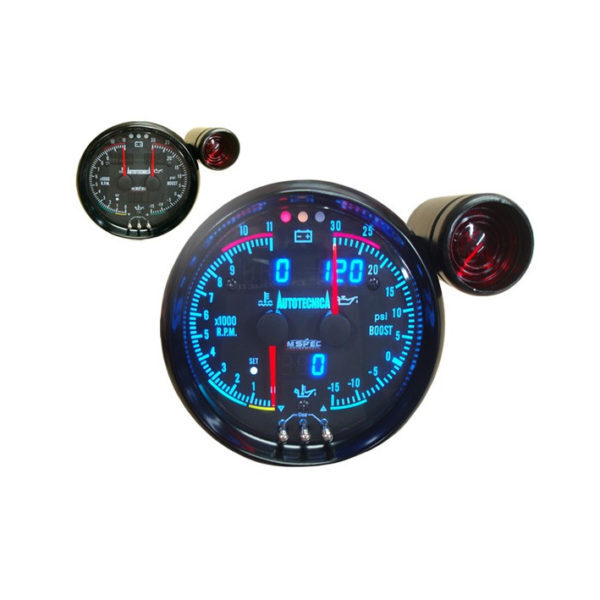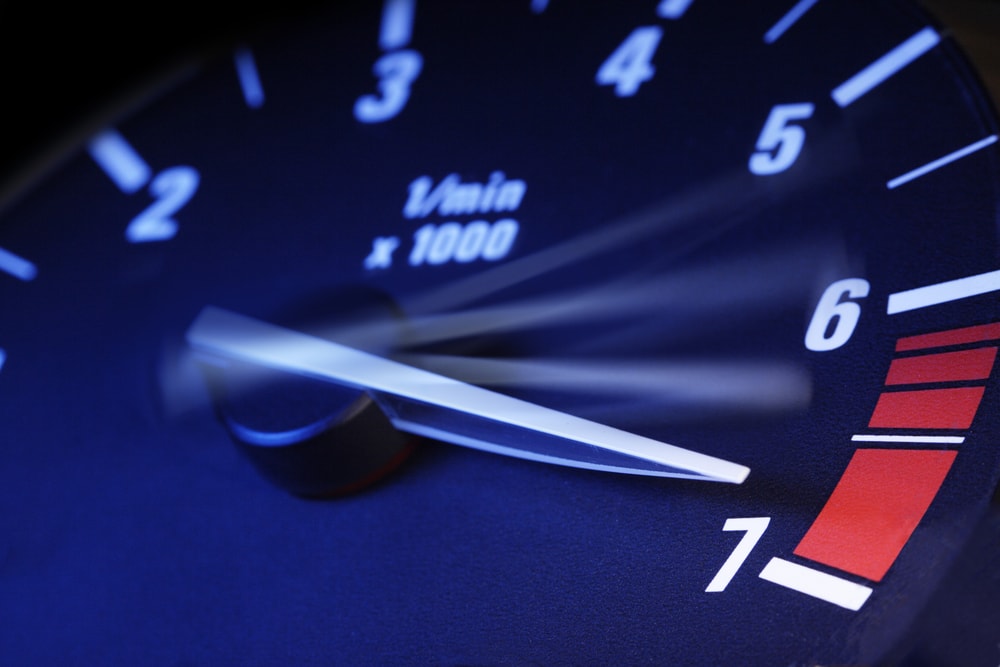Opening the Keys of Tachometers: Every Little Thing You Need to Learn About This Vital Tool in Your Lorry
Recognizing the ins and outs of tachometers can supply beneficial understandings right into your automobile's performance and maintenance demands. From determining engine speed to deciphering the data it offers, tachometers work as a vital tool for vehicle proprietors and lovers alike. By untangling the enigmas behind this vital instrument, you can unlock a wealth of details that can boost your driving experience and make sure the longevity of your lorry.
Value of Tachometers
The importance of tachometers depends on their capability to provide crucial real-time information about an engine's rotational rate, permitting specific tracking and upkeep of machinery. By measuring the changes per minute (RPM) of an engine's crankshaft, tachometers supply beneficial insights right into the engine's performance - tachometer. This information is vital for ensuring that the engine runs within its optimal variety, avoiding possible damage from over-revving or underperforming
Tachometers play an essential function in helping drivers and specialists identify any type of abnormalities in the engine's speed, which could show issues such as gas inadequacy, mechanical issues, or too much stress on the engine. By without delay determining these concerns with tachometer analyses, maintenance can be executed proactively, avoiding pricey repair work and downtime in the future.
Furthermore, tachometers are specifically essential in high-performance automobiles and equipment, where accurate control over engine speed is needed for optimum operation. Racing automobiles, airplane, and commercial equipment rely upon tachometers to provide peak efficiency while keeping safety requirements. Fundamentally, tachometers are not just instruments for determining rate but vital devices for guaranteeing the smooth and effective procedure of engines throughout various applications.
How Tachometers Step Engine Speed
Making use of sensing units that find the regularity of electric pulses produced by the engine's ignition system, tachometers accurately measure the rotational rate of an engine. By checking the price at which these pulses are obtained, tachometers give real-time feedback on how quickly the engine's crankshaft is revolving per minute, generally referred to as transformations per min (RPM)
The tachometer's sensor, usually linked to the engine's ignition coil or ignition system cords, gets the electric signals created each time a cylinder fires. These signals are after that converted right into RPM readings showed on the gauge or tool collection within the driver's view. Tachometers can be analog or digital, with contemporary automobiles commonly featuring electronic displays for accurate and immediate RPM analyses.
This information is crucial for vehicle drivers to recognize the engine's performance, avoid over-revving, maximize gear changing, and make certain reliable recommended you read fuel consumption. By properly measuring engine speed, tachometers play an essential role in assisting vehicle drivers operate their cars securely and efficiently.
Interpreting Tachometer Readings
Having a clear understanding of just how tachometers measure engine speed sets the structure for properly interpreting the RPM readings showed. Translating tachometer analyses is crucial for optimal car efficiency and engine wellness. RPM (Changes Per Min) analyses on the tachometer show the speed at which the engine's crankshaft is rotating. When the engine is idling, the tachometer needle generally relaxes around 600-1000 RPM, depending upon the lorry. As you increase, the RPM will increase, showing the engine's higher rotational speed. When moving equipments in a hand-operated transmission vehicle, the RPM will drop as you engage the clutch and modification gears, then increase once more as you speed up in the brand-new equipment. Monitoring the tachometer can help you determine the most efficient changing indicate take full advantage of fuel economic climate and engine power. Furthermore, unusual fluctuations or consistently high RPM readings can show possible concerns with the engine that may need professional attention. By taking notice of the tachometer analyses and comprehending exactly how to interpret them, you can guarantee your lorry runs smoothly and efficiently.


Tips for Using Tachometers Properly
To improve driving performance and enhance engine efficiency, what secret strategies can be carried out for effectively making use of tachometers? Tachometers are essential devices that offer real-time responses on engine speed, making it possible for chauffeurs to make enlightened decisions for much better efficiency - tachometer. Here are some pointers for utilizing tachometers properly:
Understanding Ideal RPM Array: More Info Acquaint yourself with the ideal RPM (Changes Per Minute) range for your automobile. Maintaining the engine within this array can improve fuel efficiency and extend the engine's life-span.
Changing Equipments at the Right Time: Utilize the tachometer to establish the ideal time to change equipments. Goal to move gears when the RPM reaches the optimal range for the following equipment.
Checking Engine Stress And Anxiety: High RPMs for long term durations can stress the engine. Watch on the tachometer to avoid over-revving, especially during velocity or when lugging hefty loads.
Tachometers and Vehicle Upkeep
When taking into consideration lorry upkeep, tachometers play a vital function in keeping track of engine performance and detecting possible problems. Tachometers offer important data on engine rate, enabling chauffeurs and mechanics to make certain that the engine is running within the recommended RPM array. Consistently keeping an eye on the tachometer readings can aid determine problems such as engine misfires, damaged ignition system, or issues with the gas shipment system. By taking note of the tachometer, vehicle drivers can stop excessive pressure on the engine, which can result in pricey repair services down the line.
Along with detecting possible issues, tachometers can likewise assist in optimizing fuel performance. By keeping the engine speed within the ideal array, drivers can enhance their gas mileage and reduce fuel usage. This not just profits link the driver's purse yet additionally contributes to environmental preservation by lowering damaging exhausts.
Conclusion
